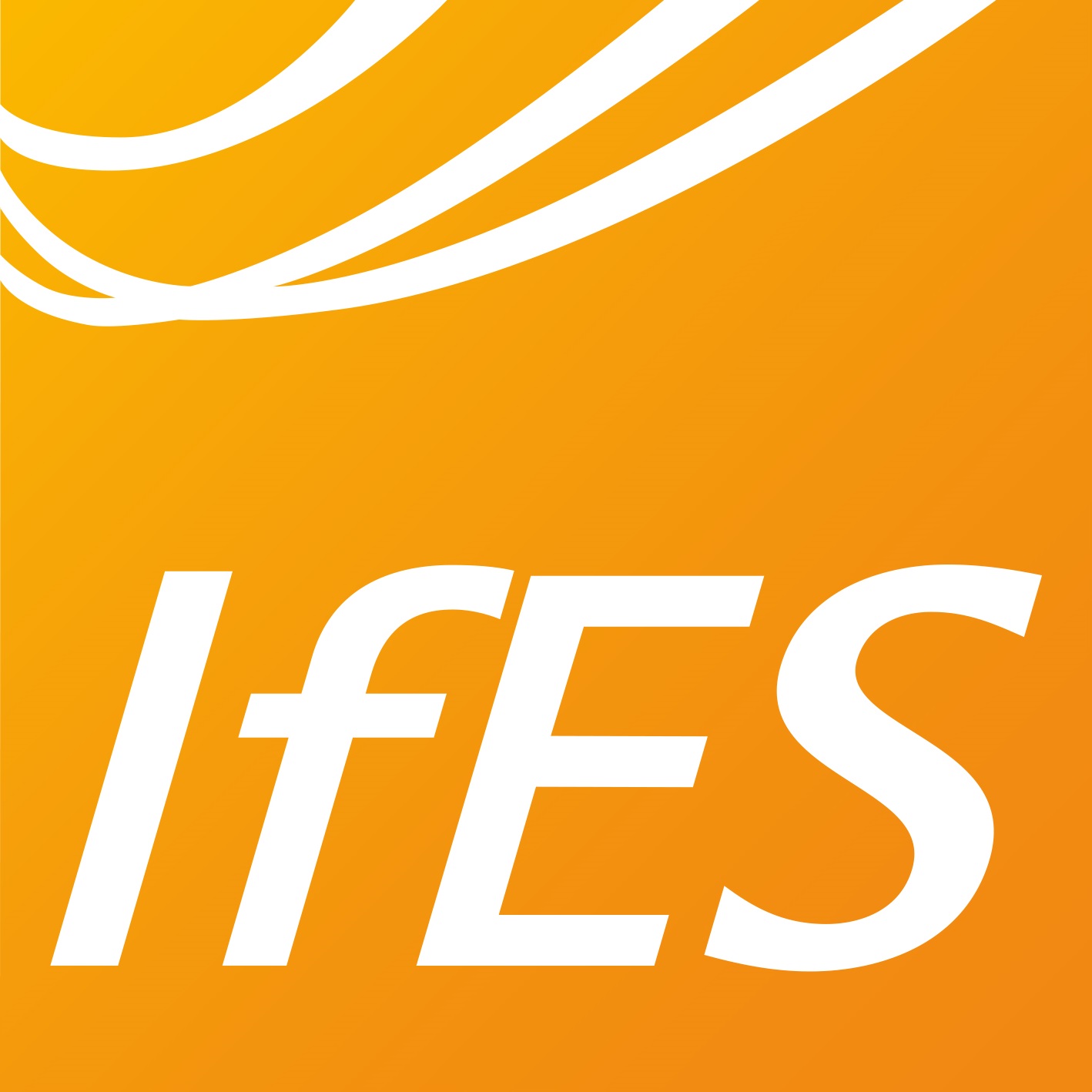Online Fault Gas Monitoring System for Hermetically Sealed Power Transformers
- authored by
- M. Akbari Azirani, M. Kuhnke, P. Werle, W. Sorgatz
- Abstract
Transformer faults, depending on their nature, lead to decomposition of the insulating liquid and/or cellulose paper. In this process, dissolved fault gases are produced. In case of severe faults, generation of considerable amount of fault gases is expected, which will, in case of hermetically sealed power transformers, which are typical in wind parks, gradually escape from the insulating liquid and diffuse into the gas cushion. In these transformers, the tank must be hermetically sealed, because otherwise, during operation, the insulating liquid would be subjected to additional aging as a result of the absorption of oxygen and moisture from the atmosphere in addition to the temperature and thus load-dependent stress. Therefore, these transformers have a gas cushion, mostly out of nitrogen or dry air, to minimize the ingress of ambient air and thus moisture into the insulating liquid. As a cost-effective and compact alternative to gas chromatography, the development of a semiconductor-based online monitoring system of undissolved fault gases is proposed. The proposed monitoring system is based on a set of integrated sensors, tracking the concentration of fault gases in the gas cushion continuously, through which faults in the insulating system can be detected early. Furthermore, physical parameters such as temperature, pressure, and humidity are also recorded permanently.
- Organisation(s)
-
High Voltage Engineering and Asset Management Section (Schering Institute)
- External Organisation(s)
-
Energy Support GmbH
- Type
- Conference contribution
- Pages
- 258-263
- No. of pages
- 6
- Publication date
- 14.11.2018
- Publication status
- Published
- Peer reviewed
- Yes
- ASJC Scopus subject areas
- Computer Networks and Communications, Signal Processing, Energy Engineering and Power Technology, Safety, Risk, Reliability and Quality
- Electronic version(s)
-
https://doi.org/10.1109/CMD.2018.8535777 (Access:
Closed)
https://doi.org/10.1109/cmd.2018.8535777 (Access: Closed)


